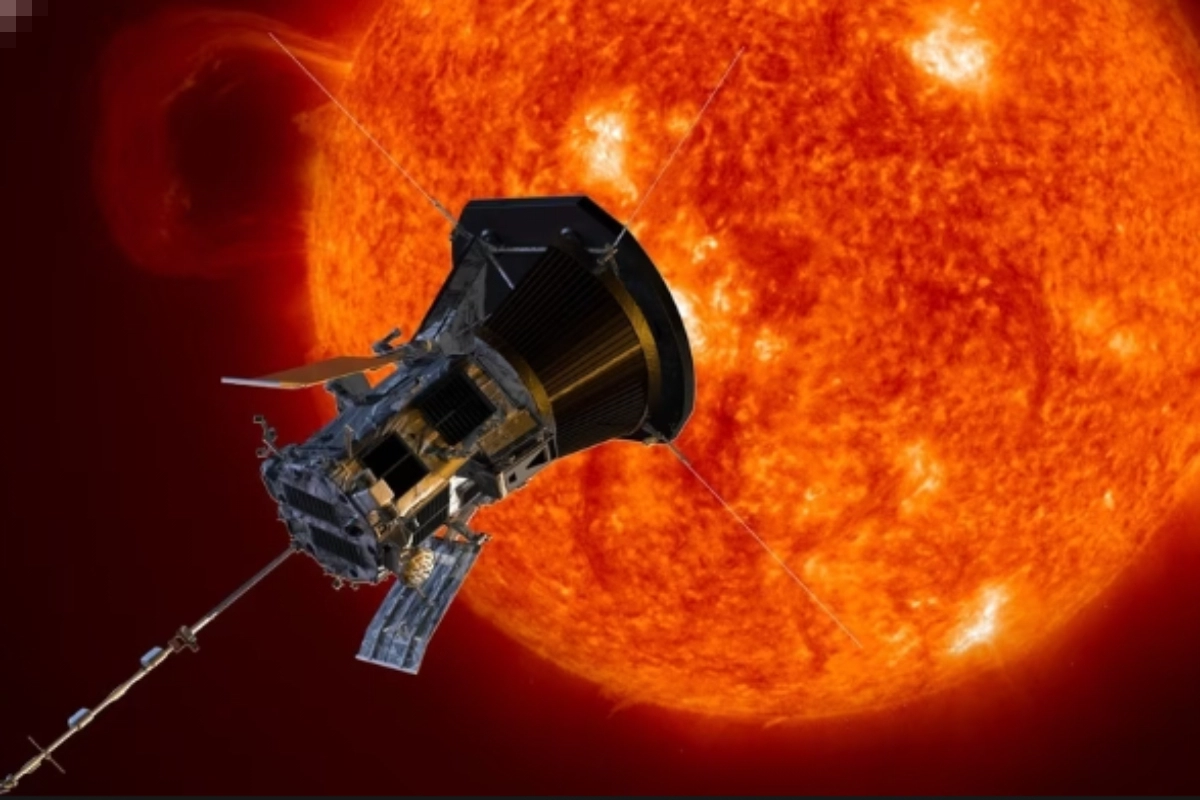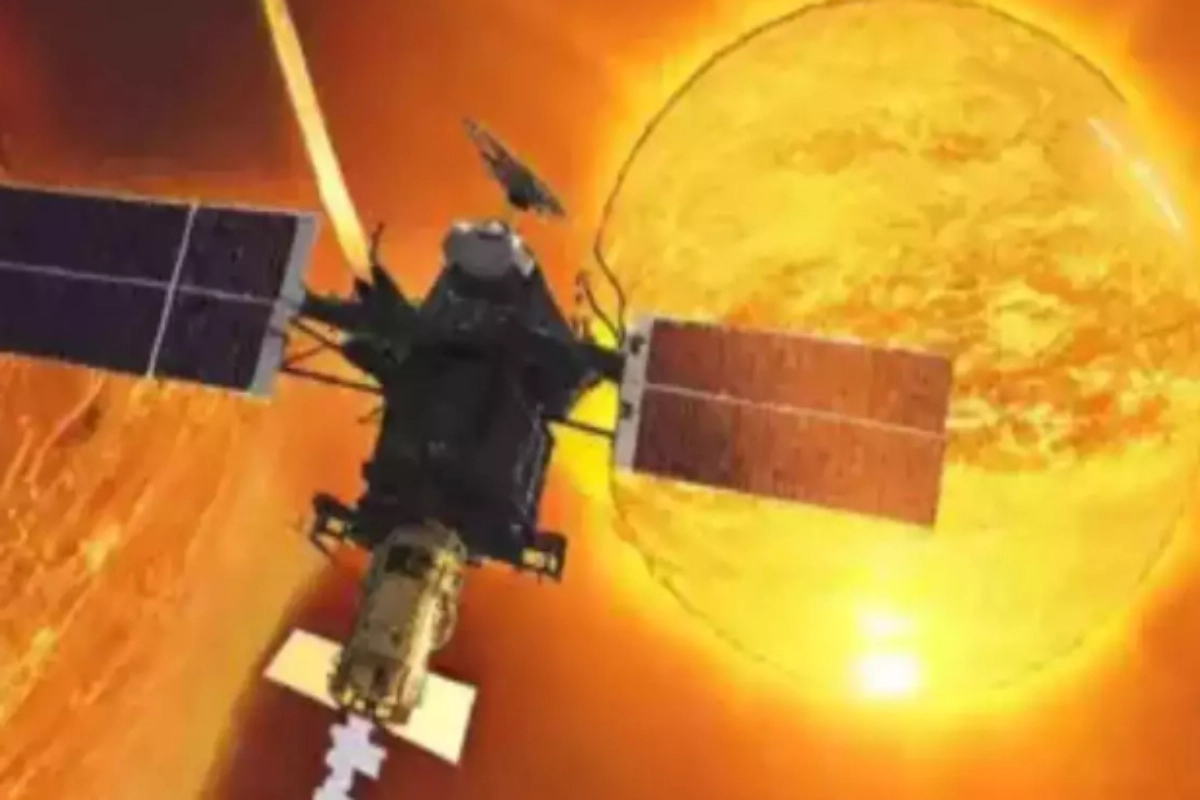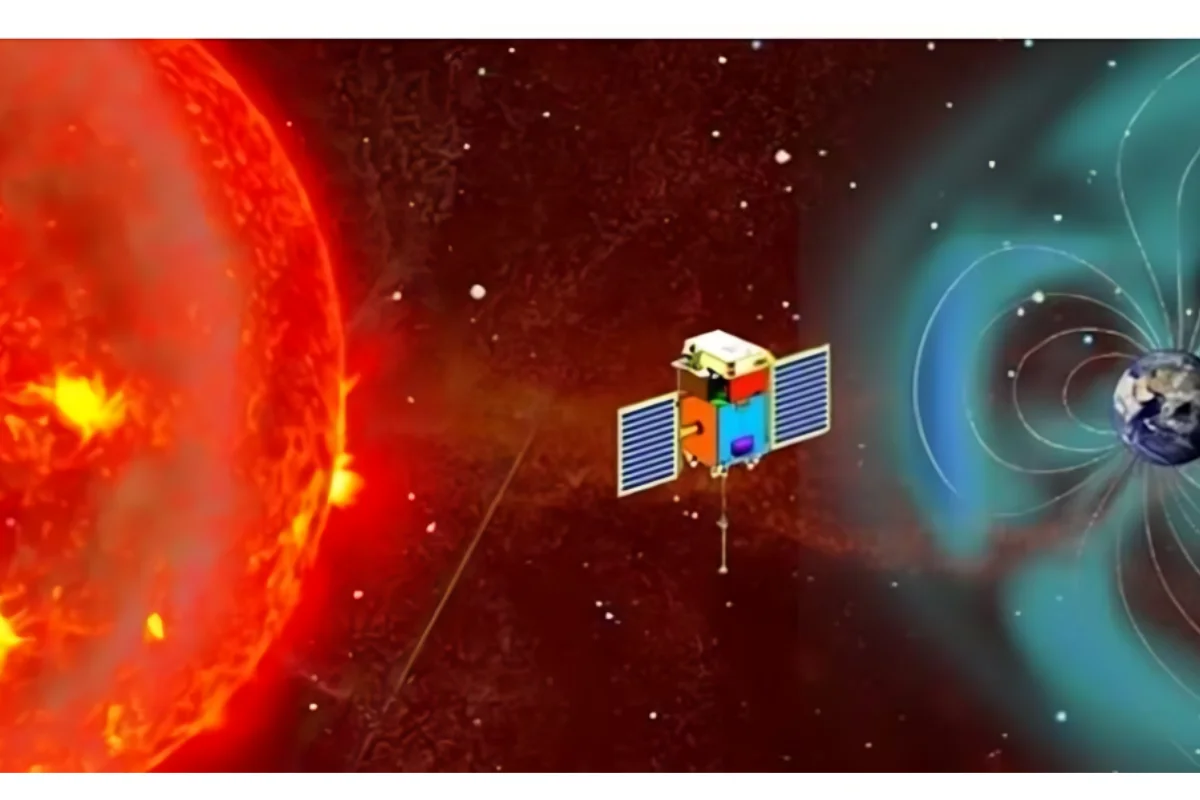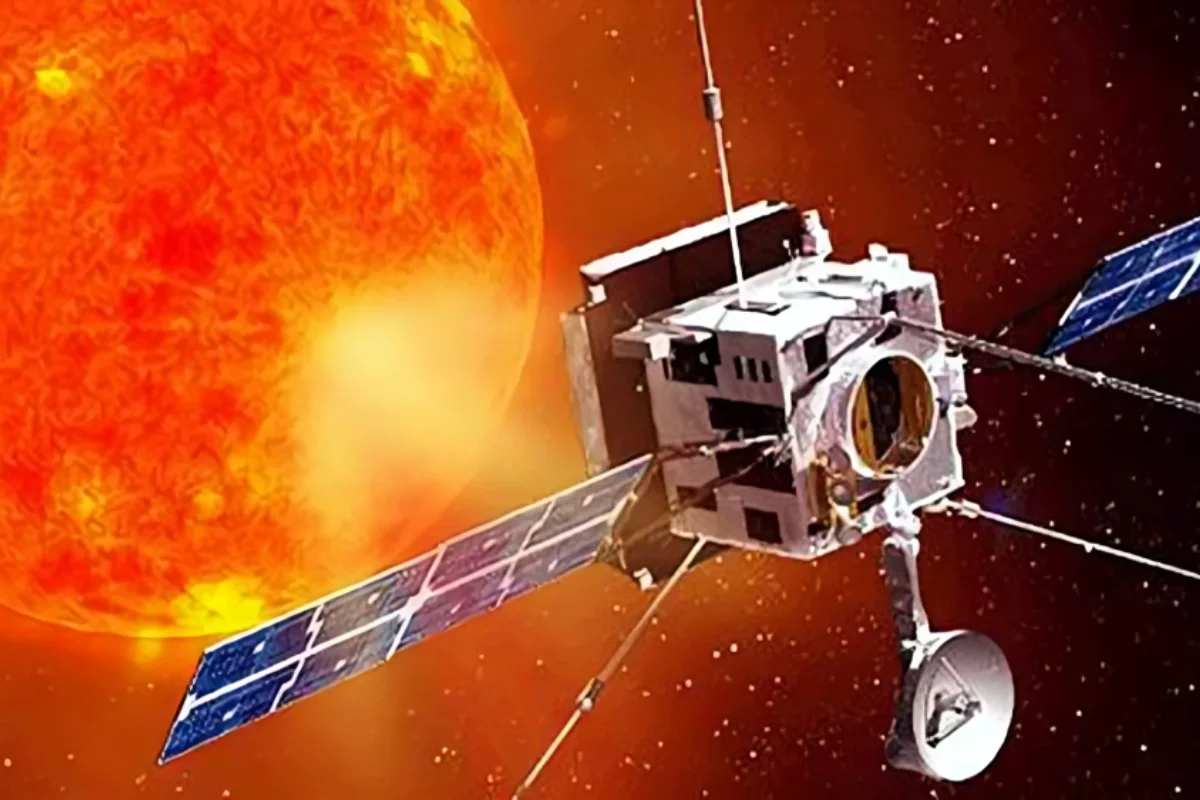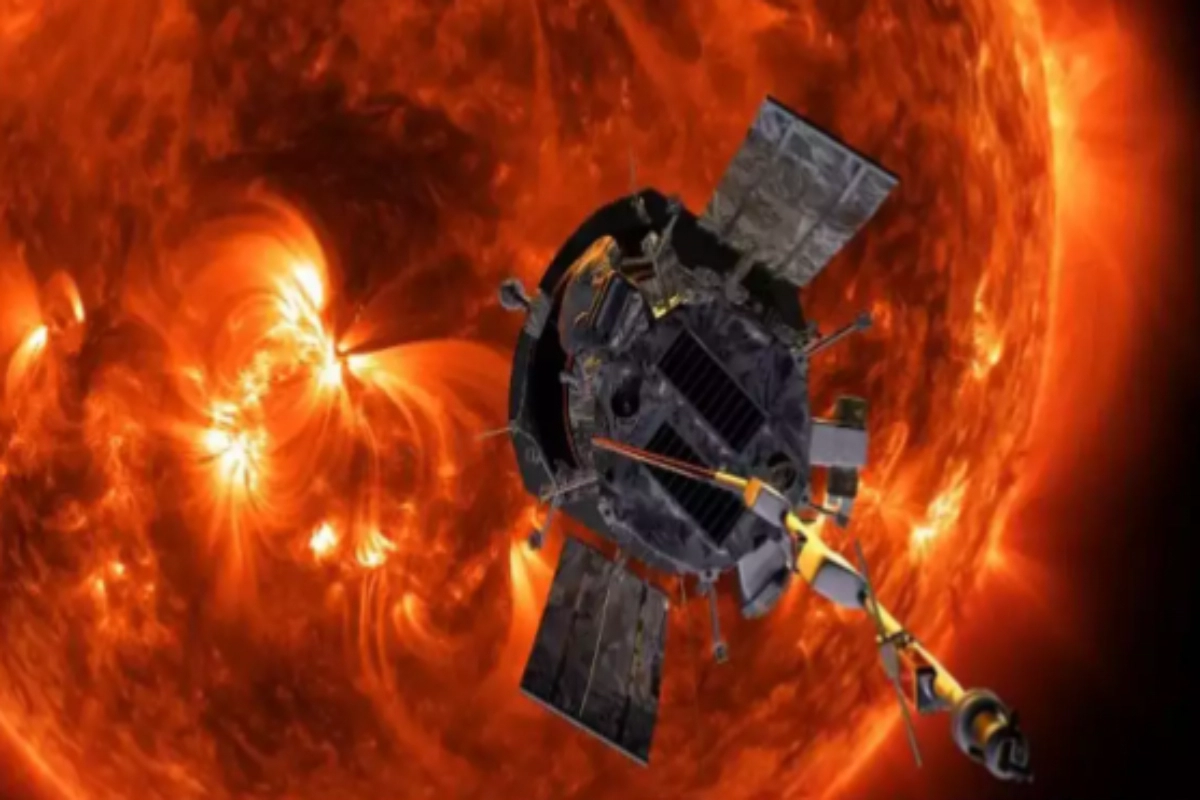Aditya L1, the first solar mission of the Indian Space Research Organisation (ISRO), reached a new milestone when the satellite’s Solar Wind Particle Experiment (ASPEX) payload started operating as intended. The Solar Wind Ion Spectometer (SWIS) and the SupraThermal and Energetic Particle Spectrometer (Steps) are the two instruments that make up ASPEX.
Instrument Activation Timeline
According to a report published in India Today, the SWIS instrument was activated on November 2, while the Steps instrument began operating on September 10. As of right now, both instruments have predicted optimal performance. Swis works in planes perpendicular to each other, utilising two sensor units with a 360-degree field of view apiece. The device has measured solar wind ions—mostly protons and alpha particles—successfully.
Sample Energy Histogram Reveals Alpha Particle and Proton Fluctuations
The sample energy histogram, which was obtained from one of the sensors over a two-day period in November 2023, shows fluctuations in the counts of alpha particles (doubly ionised helium, He2+) and protons (H+). With nominal integration time, these variations were captured, offering a thorough snapshot of the behaviour of the solar wind. The Swis’s directional capabilities allow for accurate measurements of solar wind alphas and protons, which greatly aids in answering long-standing concerns regarding the characteristics of the solar wind, its underlying processes, and its effects on Earth.
ISRO’s Claim on Proton to Alpha Particle Ratio Shift
Isro claims that Swis’s observation of a shift in the proton to alpha particle number ratio may provide hints about when Coronal Mass Ejections (CMEs) arrive at the Sun-Earth Lagrange Point L1. For space weather research, an elevated alpha-to-proton ratio is vital since it is frequently thought to be one of the most sensitive indicators of the passage of interplanetary coronal mass ejections (ICMEs) at the L1. Notably, on September 2, the Satish Dhawan Space Centre (SDSC) in Sriharikota, Andhra Pradesh, launched Aditya-L1, India’s first dedicated solar mission, into space.
Aditya-L1’s Anticipated Halo Orbit Around Lagrangian Point L1
It is anticipated that the spacecraft will enter a Halo orbit around the Lagrangian point L1, which is thought to be the closest to the Sun, after travelling roughly 1.5 million kilometres from Earth over 125 days. The Aditya L1 spacecraft is approaching its last stage, according to Isro chief S Somnath, who stated last week that manoeuvres to enter the L1 point should be finished by January 7, 2024.
Keep watching our YouTube Channel ‘DNP INDIA’. Also, please subscribe and follow us on FACEBOOK, INSTAGRAM, and TWITTER.


